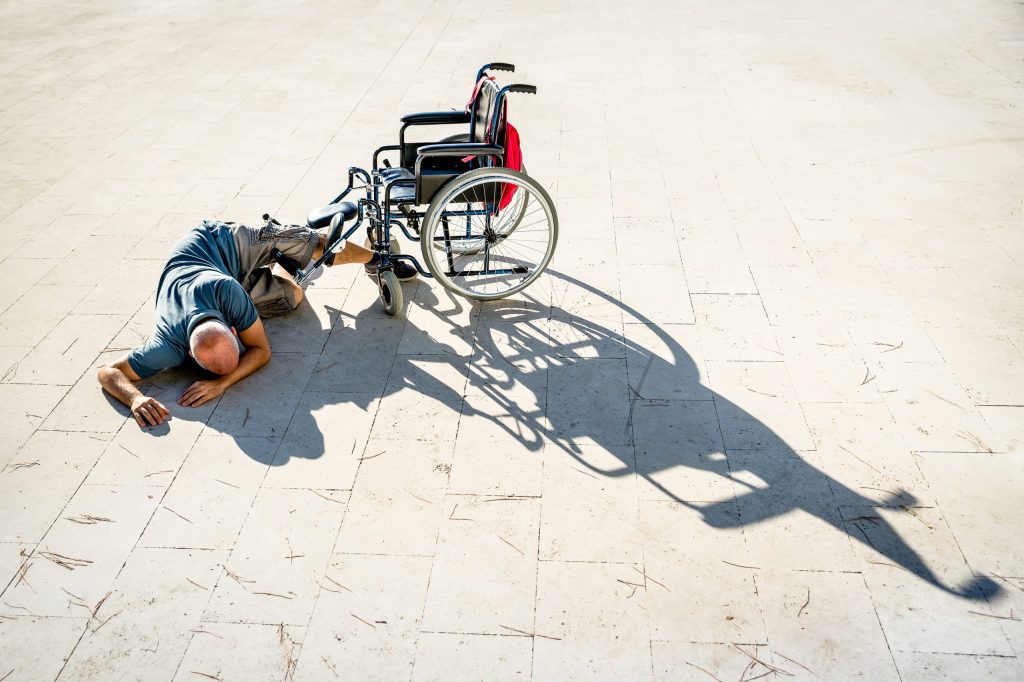Medical alert systems help people feel confident and secure, letting them live independently for longer. https://personalmedicalalarm.com/medical-alert-alarm/ They usually include a home unit and a portable button that can be worn, and they come with 24/7 monitoring.
When a help button is activated, it calls a call center with operators who will assess the situation and dispatch local emergency services or notify your pre-programmed emergency contacts. The system can also detect falls and track activity.
Unmonitored
In most medical alert systems, the user wears a small button device that they can push if they need help. When activated, the device calls a call center or pre-set emergency contacts. The devices often include a built-in speaker for two-way communication. Many traditional medical alert systems charge a monthly fee that covers 24/7 monitoring and equipment rental. However, no-fee systems allow users to pay upfront for the device and not have a monthly cost.
Unmonitored systems can still offer valuable features. For example, some devices can send a GPS location to the user’s designated emergency contact when the help button is pushed. This can help emergency responders locate the person and send the correct response quickly.
Many of these systems also connect to an existing landline telephone, which can improve 911 connection times and show a caller’s location on the screen for dispatchers. Some unmonitored medical alert systems also let the user program a list of emergency contacts in order to prioritize which people are called in case of an accident.
In-home
Some in-home systems, like Medical Alert's, connect to a landline and require a monthly service charge, while others (like the Jitterbug Smart3) use Wi-Fi or cellular technology and offer an unlimited range of freedom. Most of these systems include a base station, a lightweight help button that can be worn as a necklace or bracelet, and one or more wall-mounted buttons.
When the button is pressed, the system will call 911 or a list of predetermined emergency contacts and play a recorded message explaining the user's location. The monitoring center professional will then evaluate the situation and, if necessary, contact EMS or the user's caregivers.
If you're paying for an at-home or mobile device, ask the company about hidden fees like activation, initiation, processing and membership charges. Also, consider choosing an annual subscription instead of a monthly payment. Many top-rated providers waive these fees when you buy annually. Also, check to see if the cost of the devices is tax deductible as a health expense.
Mobile
Mobile medical alert systems work on cellular networks, so they can summon help anywhere you have coverage. They typically include a pocket-sized base station and a pendant you can wear on a necklace or wristband. Some are also GPS-enabled, which lets monitoring staff and loved ones know your location if you can’t communicate verbally in an emergency.
These systems connect to a 24/7 call center with operators who dispatch local emergency services or notify your designated emergency contacts. They’re a good option for people who live with conditions that put them at high risk of falls, like Parkinson’s disease or dementia, as well as anyone who lives alone and wants a fall detection device.
img width="407" src=" ">
">
Most medical alert companies offer subscription plans with a monthly fee, sometimes plus equipment and activation fees. Check to see if your chosen company offers payment plans and discounts for semiannual or annual payments. They may also accept flexible spending accounts (FSA) and health savings accounts through your employer.
Specialized
Medical alert systems connect users with emergency responders (on average, within 30 seconds, according to our Reviews team’s testing) by either a base station button or a wearable device. https://personalmedicalalarm.com/fall-detection-alarms/ Some devices also have fall detection built in to ensure that people who need help after a fall get it quickly.
Some medical alert system companies have special features or add-ons that appeal to a variety of lifestyles, like mobile GPS tracking and two-way communication (like a walkie-talkie). Others offer specialized packages for specific needs, such as those with Parkinson’s disease or who live alone and are at risk of falling.
Many medical alert system providers offer a free trial period to make sure their equipment and service are a good fit for a person’s lifestyle, health conditions and budget. https://personalmedicalalarm.com/ Once they’ve found a medical alert system that works well for them, most customers stick with it for a long time. That’s because a medical alert system gives them peace of mind that they can get the help they need when they need it, without having to worry about calling 911.
![[PukiWiki] [PukiWiki]](image/pukiwiki.png)
